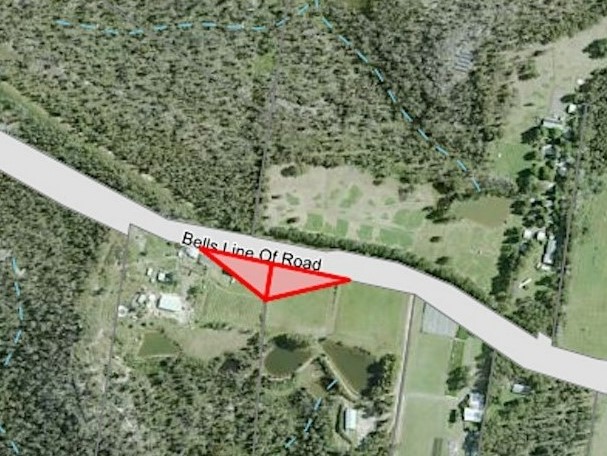On this World Bee Day, it’s frightening to think what the world would be like without bees. A number of news stories recently have investigated the decline in bee populations and the likely impact this will have on our food supply and the environment. Considering bees pollinate 70% of the world’s major food crops and 87% of all flowering plants, the prospect of the extinction of these fascinating creatures is unthinkable.
Fortunately, there is a growing awareness of just how vital bees are and many organisations are focused on increasing our knowledge and understanding. One organisation that has stood out for me is The World Bee Project CIC. They are a community interest company delving deep into the data collected from beehives to help not only beekeepers, but also researchers and scientists around the world, to gain new insights and find science-based solutions to biodiversity decline and climate change mitigation. This is a certainly a purpose-driven brand, with the expertise to back up the sustainability promise.
Global understanding and global reach
The World Bee Project is using IoT big-data-driven, smart-hive technology to create a Global Hive Network that touches on billions of rows of data points every day. That depth of insight is arming communities with the knowledge to determine strategies that can improve pollinator habitats and create more sustainable ecosystems for bees.
The work we are doing with The World Bee Project includes bringing this data to life with analytics and visualisation, fuelled by AI, machine learning and natural language processing. What’s interesting is this critical area of scientific research is helping businesses to gain new insights from their own data too.
What we learned about bee behaviour from The World Bee Project became a story about data analytic techniques that businesses can apply. In fact, businesses and bees have a lot more in common than you’d think, as the bees demonstrated during my presentation at Oracle OpenWorld Middle East: Dubai. You can take a look at a video of my presentation here, including some rather nice augmented reality magic that takes us inside the hive itself.
Bee to bee to B2B
The World Bee Project uses hive monitoring technology that senses brood temperature, hive weight, humidity, acoustics and the weather conditions around the hive. Although brood temperature and hive weight are key performance indicators—telling us the bee colony is healthy and the queen is laying eggs, as well as how much honey the hive is producing—the other metrics can tell us a lot more about bee behaviour and the impact of climate.
The same applies to a business. If you only monitor key performance indicators, you could be missing out on the wider context and early signs that things aren’t going well.
For example, The World Bee Project uses predictive intelligence to forecast when a colony is about to swarm. When the colony gets too big for the existing hive, up to half the colony and its queen leave to establish a new home. The analysis of acoustic data identified behaviour patterns in the bees up to three weeks before this occurs. It was amazing to learn that we can detect when a colony is about to swarm by listening for the nurse bees when they put their queen on a diet so that she is fit to fly!
Businesses can use predictive intelligence in the same way to identify patterns of behaviour that may indicate a customer or employee is dissatisfied, to reinforce more effective customer or talent retention strategies. This is just one example of real-time and near-real-time smart data analysis that could transform how businesses succeed in the digital age.
Other examples that I cover in more detail in my Dubai presentation include next-generation threat detection and capturing data effectively out in the field using audio chatbots.
Using your collective intelligence
The greatest potential for benefit that we see from our work with The World Bee Project CIC is the value of collective intelligence that the Global Hive Network will bring. When the data from hives in different environments and continents can be captured securely and integrated with third-party data—and made freely available to beekeepers, scientists and researchers around the world—we can make serious advances in understanding the relationship between the health of bees and the health of our environments.
The same can be true of a collaborative business ecosystem, with valuable data and analytics accessible across your organisation and beyond.







